Vlada za Dalmaciju/ Talijanska okupaciona uprava
In April 1941, during World War II, the Independent State of Croatia came into being, backed by Fascist Italy (where most Ustasha lived during the 1930s, as they were anti-royalist Yugoslavia in the inter-war period) and Nazi Germany. A month later, large sections of Dalmatia were annexed by the Kingdom of Italy (in the Governatorato di Dalmazia), with the rest being formally left to the Independent State of Croatia, though it was in fact occupied by Italian forces which later supported Chetniks in Serb-populated areas. Many Croats from Dalmatia joined the resistance movement led by Tito's Partisans, while others joined the fascist Croatia of Ante Pavelić. The result was a terrible guerrilla war that ravaged all of Dalmatia. In September 1943, following the capitulation of Italy, large sections of Dalmatia were temporarily controlled by Partisans, only to be reoccupied, this time by the German Wehrmacht. In later stages of the war, many Dalmatian Croats went into exile, fearing the Third Reich's vindictive actions, especially after following rumours that a second front would be formed and that there would be an invasion on the Croatian coast. In the second half of 1944, Partisans, supplied by the Allies, finally took control of all Dalmatia. The Italian population of Dalmatia, concentrated in Zara, suffered huge civilian losses due to Allied bombardments in 1944. After 1945, most of the remaining Italians fled the region (350,000 Italians escaped from Istria and Dalmatia in the Istrian exodus). They were treated as remnants of the occupation force and were given an option to leave for Italy. Some died in the so-called foibe massacres, although this was more common in Istria and elsewhere than in Dalmatia. The "disappearance" of the Italian-speaking populations in Dalmatia was nearly complete after World War II. The linguist Matteo Bartoli calculated that Italians were 33% of the Dalmatian population during the Napoleonic wars, whereas currently there are only 300 Italians in the Croatian Dalmatia and 500 Italians in coastal Montenegro. After World War II, Dalmatia was divided between three republics of socialist Yugoslavia – almost all the territory went to Croatia, leaving Cattaro Bay of Kotor to Montenegro and a small strip of coast at Neum to Bosnia-Herzegovina.
- EHRI
- Archief
- hr-004719-hr_dast_0030
- Fascism
- Croatia
Bij bronnen vindt u soms teksten met termen die we tegenwoordig niet meer zouden gebruiken, omdat ze als kwetsend of uitsluitend worden ervaren.Lees meer





